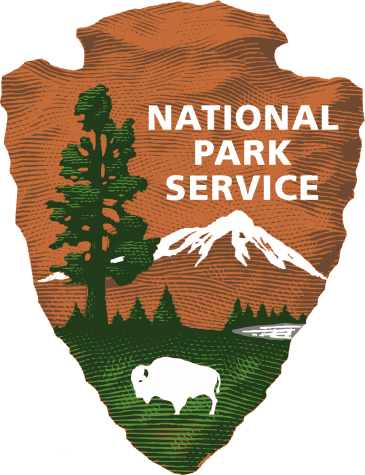The National Park Service to soon celebrate its Centennial Anniversary
On August 25, 2016, the United States National Park Service (NPS), a federal agency under the United States Department of the Interior, will celebrate its 100-year anniversary. Visitors to any of the 412 parks protected by the NPS will receive free admission to these sites from August 25 through August 28.
The NPS is currently making a strong effort to encourage United States citizens to visit the nation’s national parks. Throughout the month of August, the NPS will host festivities at numerous national parks, leading up to the centennial anniversary. A complete list of the events can be accessed at www.nps.gov.
In an attempt to increase excitement about the national parks, the NPS commenced a social media campaign to spread the message about coming to see these magnificent national treasures. The campaign is anchored by the hashtags #FindYourPark and #NPS100.
To honor the centennial anniversary of the NPS, the United States Postal Service issued 16 new Forever stamps in April, featuring national parks. As another tribute to the NPS, the United States Mint also created a commemorative coin series. The series features three limited-edition coins. The gold five-dollar coin displays the faces of John Muir and Theodore Roosevelt, two early major advocates and contributors to the NPS, with the NPS sign on the reverse side. The silver dollar coin features Yellowstone’s Old Faithful geyser on the heads side, with a Latina folklórico dancer on the tails side. The third coin is a clad half-dollar coin that shows a hiker and a child each discovering the nature found in the parks, with the NPS sign on the reverse side.
discovering the nature found in the parks, with the NPS sign on the reverse side.
Since 1916, the NPS has been the federal agency that manages and protects the national parks, national monuments and other historical sites in need of preservation.
Prior to the creation of the NPS, state governments independently managed a majority of the designated national parks in existence. However, the first national park, Yellowstone, introduced in 1872, had no state government to protect it. Wyoming, the state in which Yellowstone is located was not officially a state until 18 years later in 1890. Therefore, the Department of the Interior took control over Yellowstone.
In 1914, conservationist Stephen Mather brought to the attention of the Secretary of the Interior, Franklin Knight Lane, that many of the independently managed national parks were not adequately being protected. Lane wrote back to Mather that he should come to Washington D.C. to voice his opinion if he wanted a change. As a result, Mather traveled to the capital and successfully had a bill introduced in the House of Representatives. Representative William Kent of California and Senator Reed Smoot of Utah sponsored the National Park Service Organic Act, which President Woodrow Wilson signed into law on August 25, 1916.



